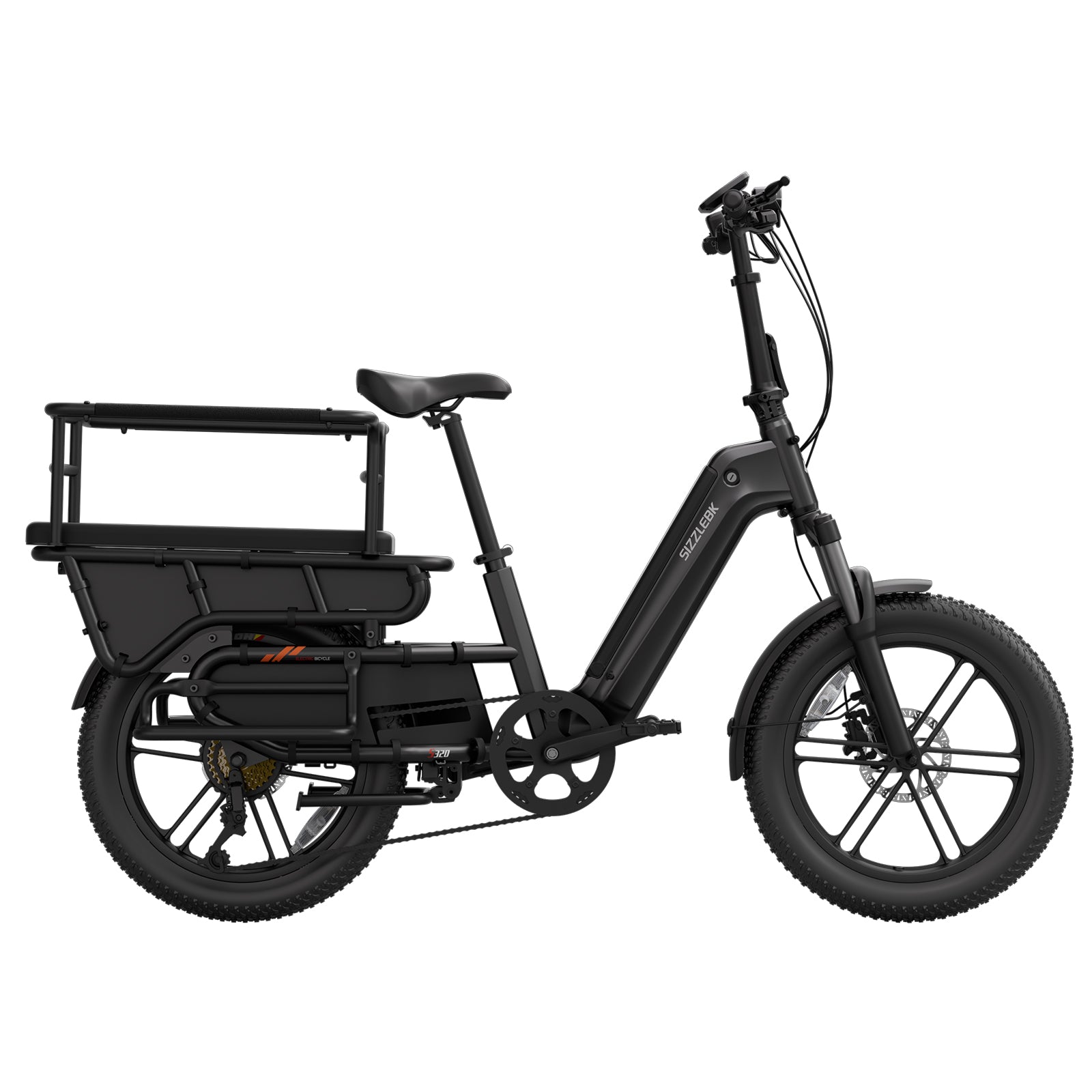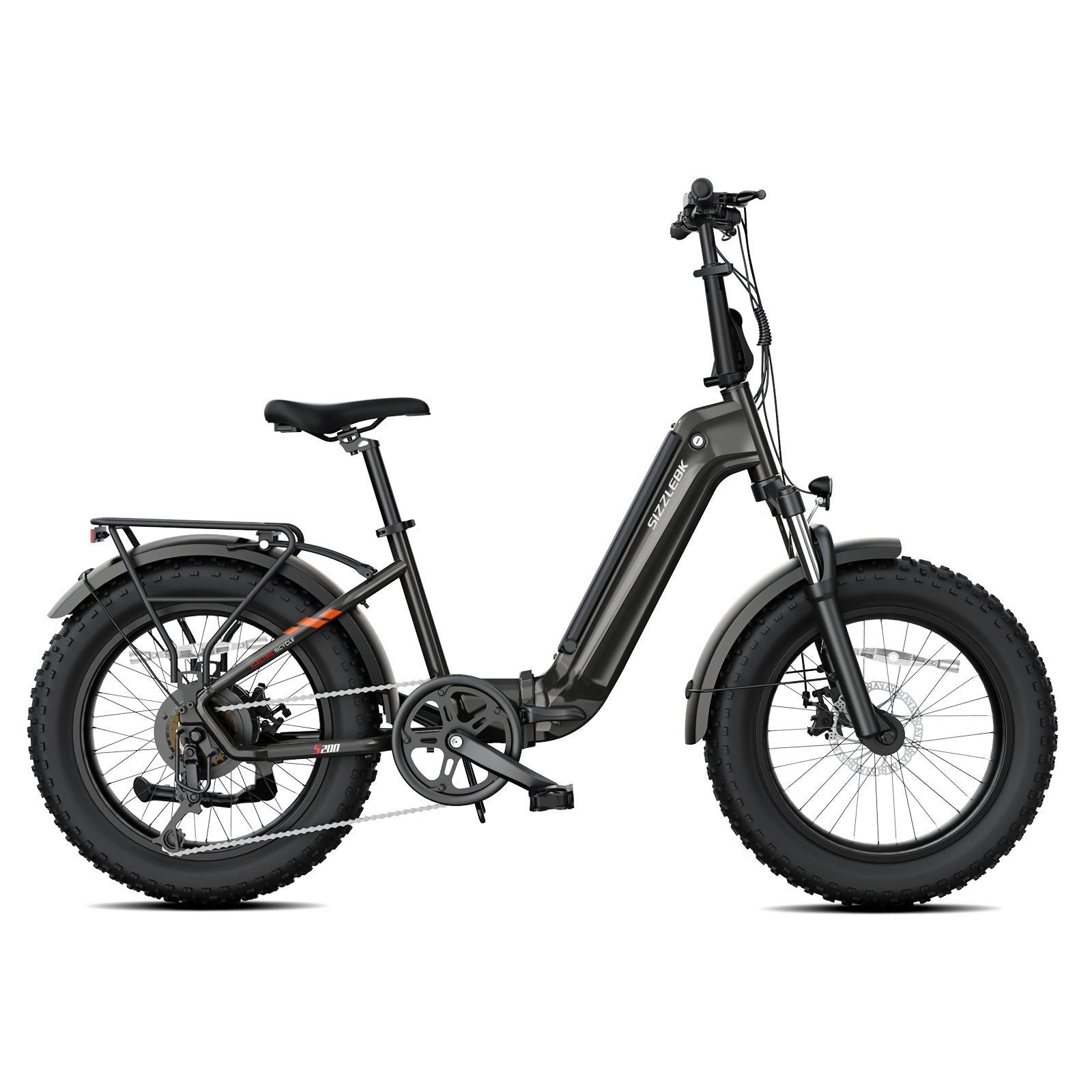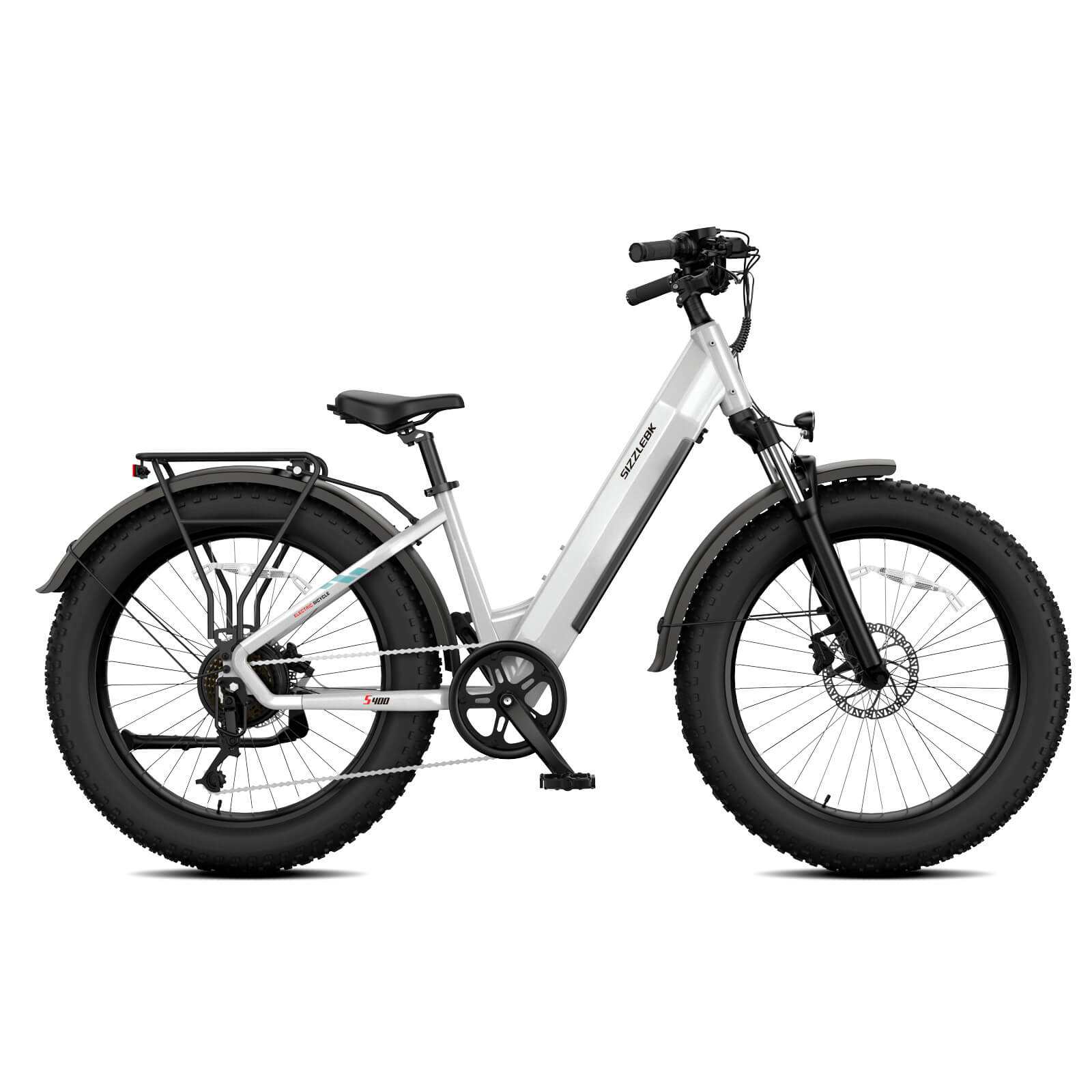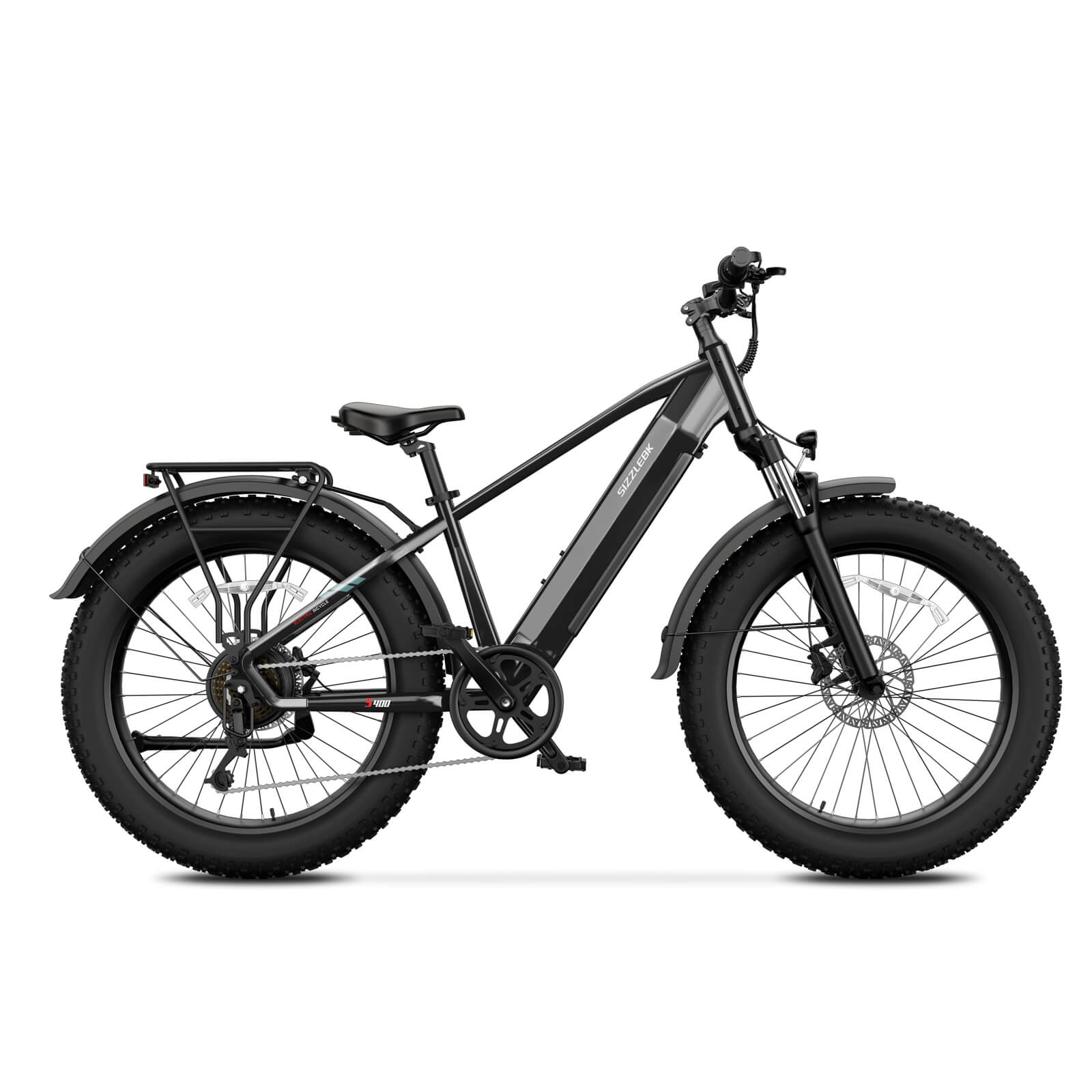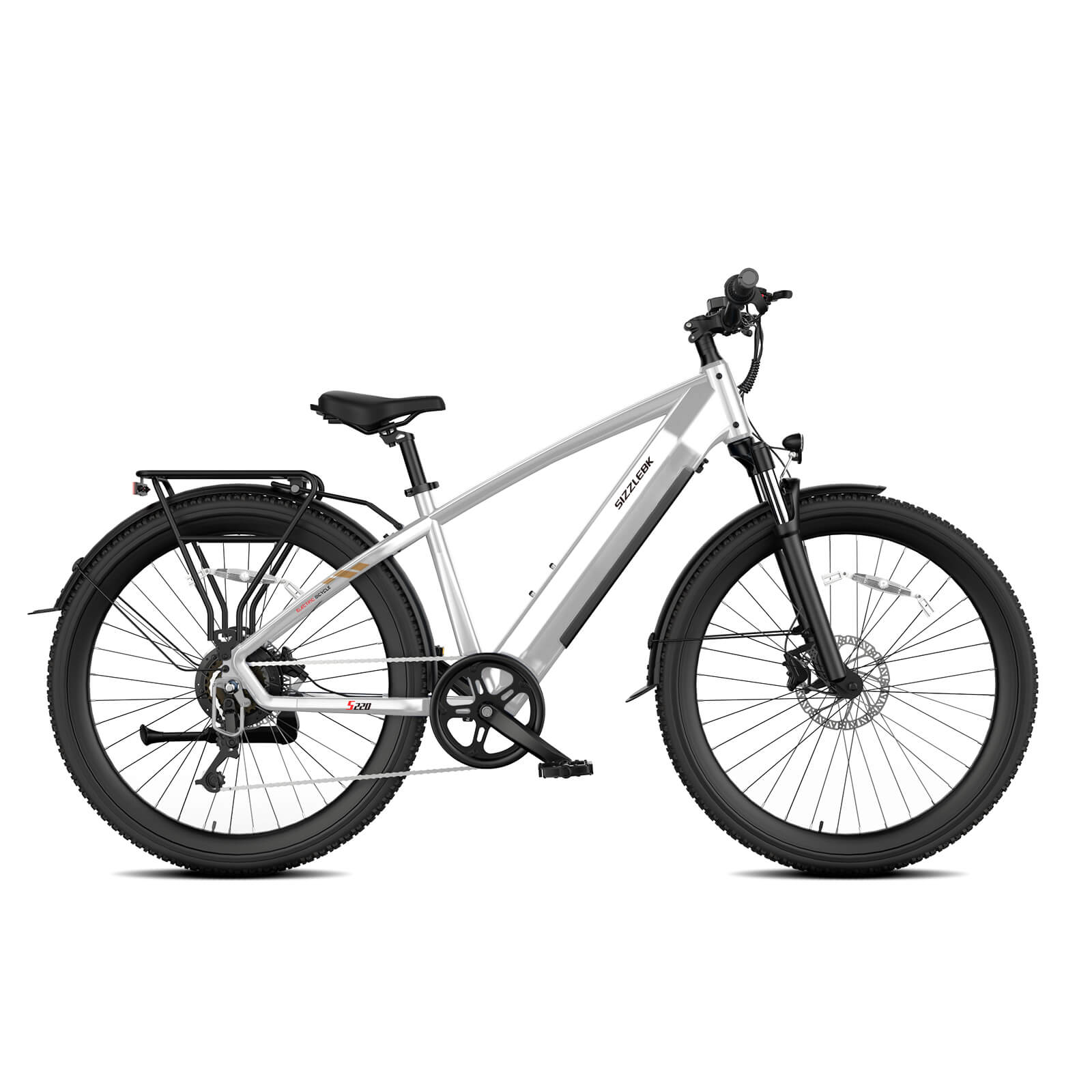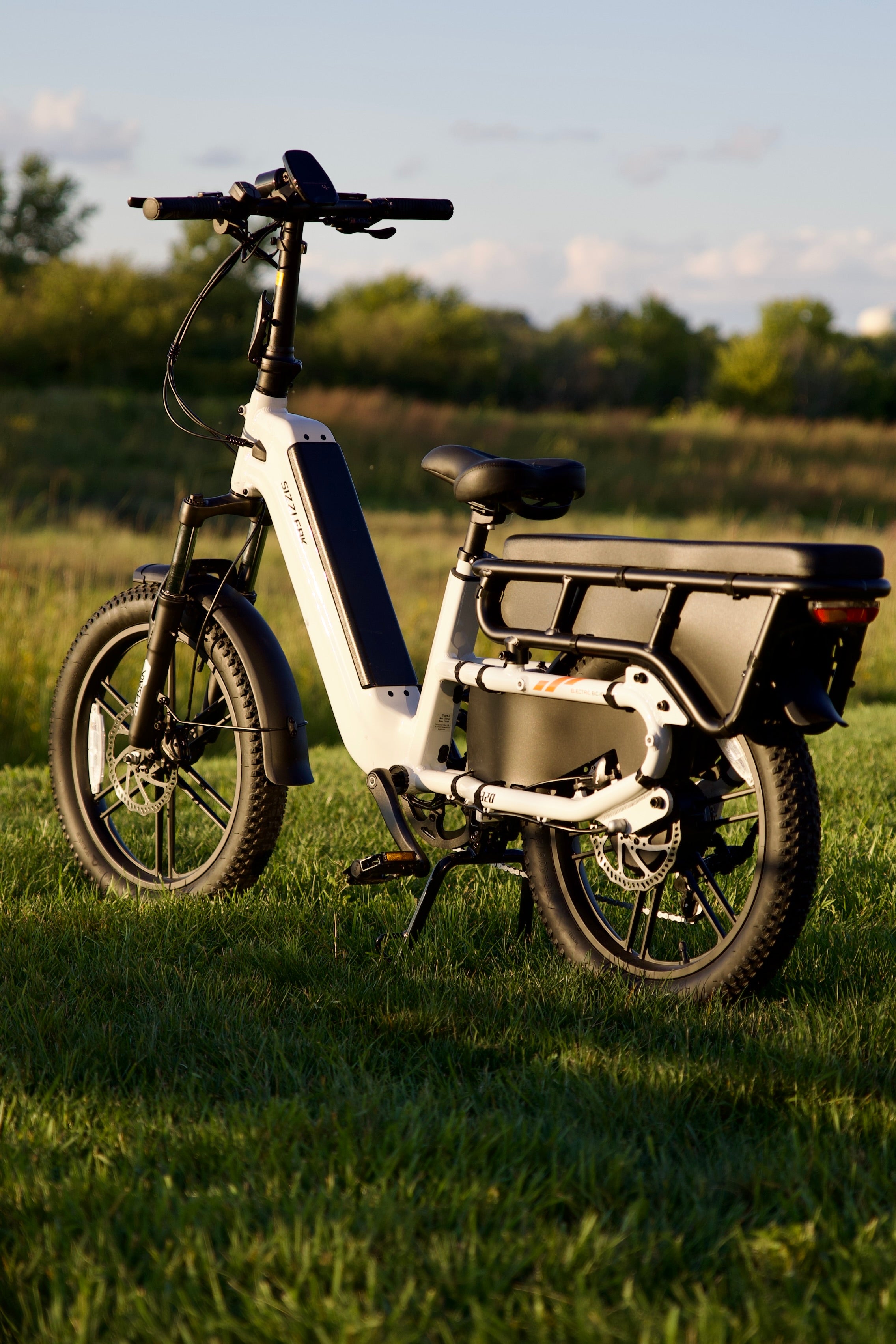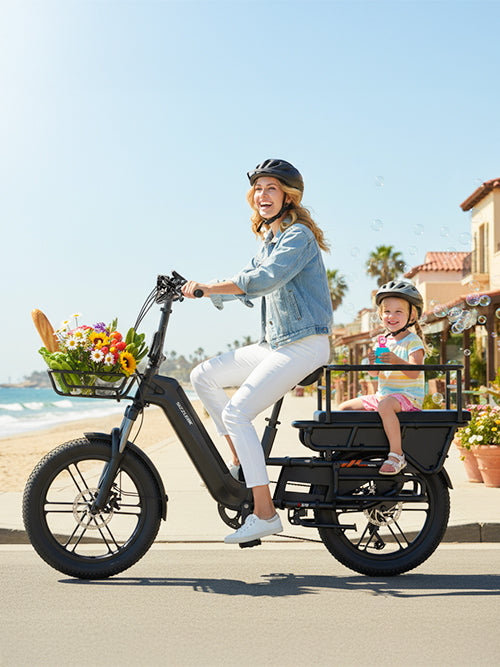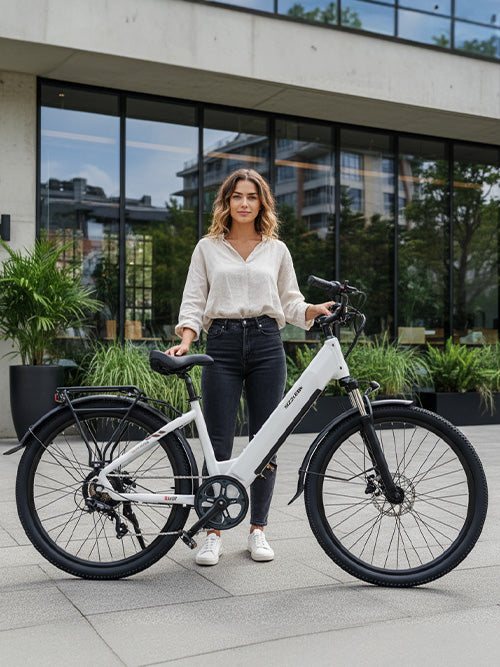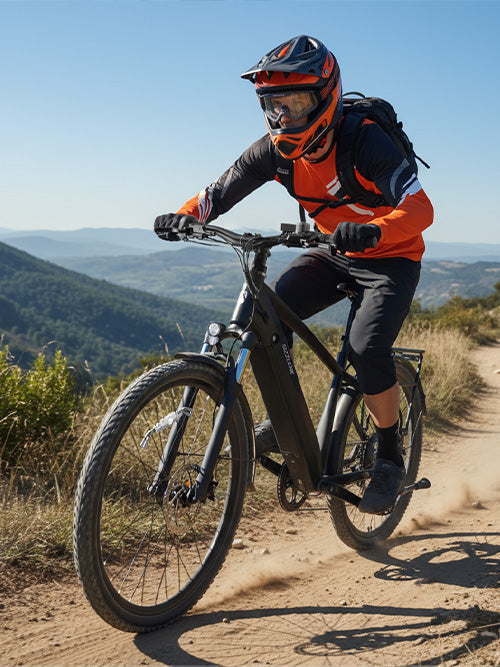In recent years, there has been a significant shift in the way goods are delivered in urban areas. Bicycle delivery services have emerged as a popular and efficient solution for transporting everything from food to packages. This article delves into the reasons behind this rise and explores the benefits and challenges of bicycle delivery services.
Why Bicycle Delivery Services Are Gaining Popularity
Environmental Benefits
One of the primary reasons bicycle delivery services are becoming more popular is their positive environmental impact. Bicycles produce zero emissions, making them an eco-friendly alternative to motor vehicles. This is particularly important in cities where air quality is a concern. By opting for bicycle delivery, businesses and consumers can contribute to reducing pollution and promoting a cleaner environment.
Cost-Effectiveness
Bicycle delivery is often more cost-effective than traditional delivery methods. Bicycles are cheaper to maintain and operate compared to cars or vans. Moreover, they do not require fuel, which can be a significant expense. This cost-saving is often passed on to customers, making it an attractive option for businesses looking to reduce delivery costs.
Speed and Efficiency
In congested urban areas, bicycles can often navigate traffic more quickly than motor vehicles. This speed advantage means that deliveries can be made faster, improving customer satisfaction. Bicycle couriers can take shortcuts and use bike lanes, which allows them to avoid traffic jams and delays that motor vehicles face.
The Growth of Bicycle Delivery Jobs
Employment Opportunities
As bicycle delivery services expand, so do job opportunities in this sector. Many companies are hiring bicycle couriers to meet the growing demand for quick and efficient deliveries. This trend is providing employment opportunities for individuals who prefer flexible working hours and enjoy cycling.
Skill Requirements
While bicycle delivery jobs do not require formal qualifications, there are certain skills and attributes that are beneficial. Couriers need to have a good sense of direction and the ability to navigate through urban areas efficiently. Physical fitness is also important, as the job requires cycling for extended periods. Additionally, good customer service skills are essential, as couriers often interact directly with customers.
Challenges Faced by Bicycle Couriers
Despite the advantages, bicycle couriers face several challenges. Weather conditions can significantly impact their work. Rain, snow, and extreme temperatures can make cycling difficult and unpleasant. Additionally, traffic accidents pose a risk, as cyclists share the road with motor vehicles. Companies must ensure that couriers have the necessary safety gear and training to mitigate these risks.
The Role of Technology in Bicycle Delivery Services
GPS and Route Optimization
Technology plays a crucial role in the efficiency of bicycle delivery services. GPS devices and route optimization software help couriers find the fastest and most efficient routes. This technology reduces delivery times and ensures that customers receive their orders promptly.
Mobile Applications
Many bicycle delivery services use mobile applications to manage orders and communicate with couriers. These apps allow customers to track their deliveries in real time and provide feedback on the service. For couriers, the apps offer a streamlined way to receive and complete delivery assignments.
E-Bikes: The Future of Bicycle Delivery
Electric bicycles, or e-bikes, are becoming increasingly popular in the delivery sector. E-bikes offer the same environmental benefits as traditional bicycles but with added advantages. They are equipped with a motor that assists with pedaling, making it easier to carry heavy loads and travel longer distances. This technology expands the range of bicycle delivery services and makes them more accessible to a wider audience.
Bicycle Delivery and the Gig Economy
Flexibility and Autonomy
Bicycle delivery services have become an integral part of the gig economy. Many couriers work as independent contractors, giving them the flexibility to choose their working hours. This autonomy is appealing to those who prefer to work on their terms.
Income Potential
The income potential for bicycle couriers varies depending on the company and locati0n. Some couriers earn a base rate plus tips, while others are paid per delivery. Despite the variability, bicycle delivery jobs can provide a decent income, especially in bustling urban areas with high demand for delivery services.
Challenges of the Gig Economy
While the gig economy offers flexibility, it also comes with challenges. Bicycle couriers often lack job security and benefits such as health insurance and paid leave. This can be a drawback for those seeking stable, long term employment. Companies and policymakers must address these issues to ensure fair working conditions for gig workers.
The Future of Bicycle Delivery Services
As urbanization continues and environmental concerns grow, bicycle delivery services are likely to become even more prevalent. Cities are investing in cycling infrastructure, such as bike lanes and parking facilities, to support the growth of this sector. Additionally, advancements in technology will further enhance the efficiency and appeal of bicycle delivery services.
Potential for Expansion
Bicycle delivery services have the potential to expand beyond food and small packages. Some companies are exploring the possibility of using bicycles for larger deliveries, such as furniture or bulk groceries. This expansion could open up new markets and opportunities for the bicycle delivery industry.
Collaborative Efforts
Collaboration between cities, businesses, and bicycle delivery companies will be essential for the continued growth and success of the sector. By working together, stakeholders can address challenges and create an environment that supports sustainable delivery solutions.
Conclusion
The rise of bicycle delivery services is a testament to the growing demand for sustainable and efficient delivery options. With their environmental benefits, cost effectiveness, and speed, bicycle deliveries are reshaping the logistics landscape in urban areas. As technology advances and cities invest in cycling infrastructure, the future of bicycle delivery services looks promising, offering numerous opportunities for businesses, couriers, and consumers alike.
❓ FAQs About Bicycle Delivery Services
1. What types of goods can be delivered by bicycle?
Bicycle delivery services are commonly used for food, groceries, parcels, and documents. With the rise of e-bikes and cargo bikes, larger items such as household goods and even small furniture can now also be delivered efficiently by bicycle.
2. Are bicycle deliveries reliable in bad weather?
While couriers do operate in various weather conditions, heavy rain, snow, or extreme heat can affect delivery times. Many companies equip riders with weatherproof gear and prioritize safety, but occasional delays may still occur during severe weather.
3. How do bicycle couriers find the fastest routes?
Most bicycle delivery services use GPS navigation and route optimization software to ensure couriers take the quickest, most efficient routes. This technology helps minimize delays, especially in traffic-congested urban areas.
4. Do bicycle couriers use electric bikes?
Yes, electric bikes (e-bikes) are increasingly popular among delivery couriers. E-bikes make it easier to carry heavier loads and cover longer distances, helping couriers complete more deliveries in less time with lessphysical strain.
5. Can I track my bicycle delivery in real-time?
Absolutely. Most modern bicycle delivery services provide real-time tracking through mobile apps or websites. Customers can monitor their order’s progress and estimated arrival time, offering convenience and peace of mind.
